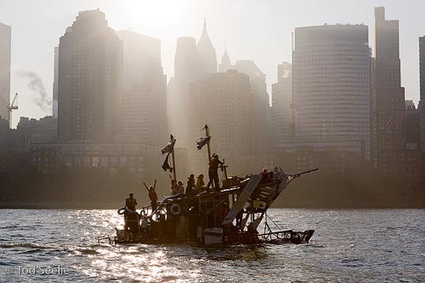This one’s in solidarity with Ai Weiwei and all the Chinese artists and activists detained for expressing their opinions.
Art & Agenda – Political Art and Activism, edited by Robert Klanten, Matthias Hübner, Alain Bieber, Pedro Alonzo, Gregor Jansen. With essays by Pedro Alonzo, Alain Bieber, Silke Krohn (available on amazon USAand UK.)
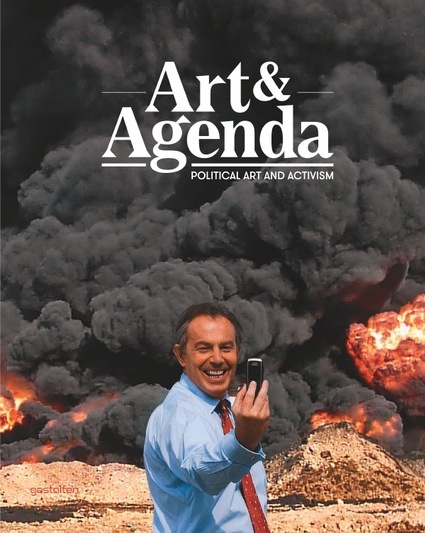
Publisher Gestalten writes: Life has become significantly more political in the new millennium, especially in the aftermath of worldwide financial crisis. Art is both driving and documenting this upheaval. Increasingly, new visual concepts and commentaries are being used to represent and communicate emotionally charged topics, thereby bringing them onto local political and social agendas in a way far more powerful than words alone.
This book explores the current interrelationship between art, activism, and politics. It presents new visual concepts and commentaries that are being used to represent and communicate emotionally charged topics, thereby bringing them onto local political and social agendas in a way far more powerful than words alone. It looks at how art is not only reflecting and setting agendas, but also how it is influencing political reaction. Consequently, Art & Agenda is not only a perceptive documentation of current urban interventions, installations, performances, sculptures, and paintings by more than 100 young and established artists, but also points to future forms of political discourse.
![]() Filippo Minelli, Contradictions, 2010, Brescia, Italy
Filippo Minelli, Contradictions, 2010, Brescia, Italy
Art & Agenda – Political Art and Activism is just one in a long list of books that demonstrate that, among all the publishers focusing on visual culture, Gestalten is probably the fastest at identifying and catching trends.
The artists represented in the book all have some kind of social commentary about the world that surrounds them. Their work conveys a message, a critique, an opinion. Sometimes also a provocation. Their work is socially-engaged art but i would not always define it as activism.
As much as i admire the work Maurizio Cattelan, Elmgreen & Dragset, Tom Sachs, or Kara Walker, i had never associated it with activism. What they do is ballsy, it’s socially-engaged and adequately thought-provoking but i’m not sure i find it as efficient as the work of Packard Jennings, Lisa Anne Auerbach, Conflict Kitchen, The Yes Men, Superflex, or Ai Weiwei who seem to engage more closely with the public. They operate outside institutions when needed, take risks and are actively involved in trying to bring social change. I see them as the real agitators, the activists with a capital A.
All i can advise is to get your hands on the book and see for yourself. I wouldn’t mind being contradicted on this topic.
One of the main strengths of the book is the incredibly broad array of political art it showcases, from the poetical and subtle urban interventions of Roland Ross to The Yes Men’s media hacks, from Tom Sachs’ stunning works for white cube galleries to JR’s street interventions.
The other force of the book is a series of long essays by curators and art critics such as Alain Bieber (author of one of my favourite blogs, rebel:art and project manager of ARTE creative) and Boston-based curator Pedro Alonzo.
A few examples of the works you’ll meet in the book:
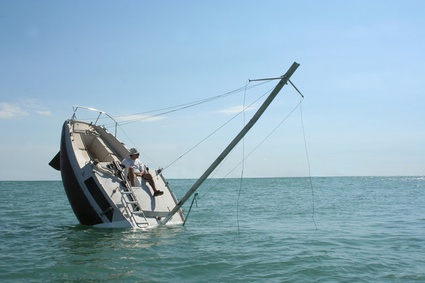 Julien Berthier, Love Love, 2007
Julien Berthier, Love Love, 2007
Julien Berthier’s Love Love sinking boat. The artist actually cut a sailboat in half, sealed it with fiberglass, fitted it with two motors and a new keel which make it fully functional. I’m not sure i understand what’s political in this work but i’m glad i discovered it in the book.
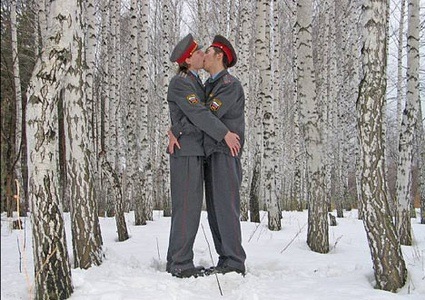 Blue Noses Group, An Epoch of Clemency, 2005
Blue Noses Group, An Epoch of Clemency, 2005
Russia’s culture minister didn’t appreciate the “political provocation” of Blue Noses Group’s Kissing Policemen (An Epoch of Clemency). The Banksi-inspired photo was banned from traveling to Paris for an exhibition of contemporary Russian art.
 Roland Roos, Repair #56, Bruxelles
Roland Roos, Repair #56, Bruxelles
 Roland Roos, Repair #74, Volketswil
Roland Roos, Repair #74, Volketswil
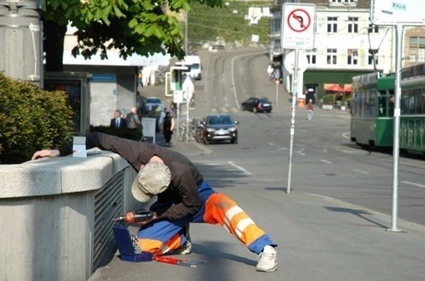 Roland Roos, Free Repair
Roland Roos, Free Repair
During two years, Roland Roos repaired broken, displaced or damaged things he encountered in public space. He took before and after photos of the unsolicited repairs and sold them for 320CHF each which is the average amount of money that is spent for one repair (materials and labor).
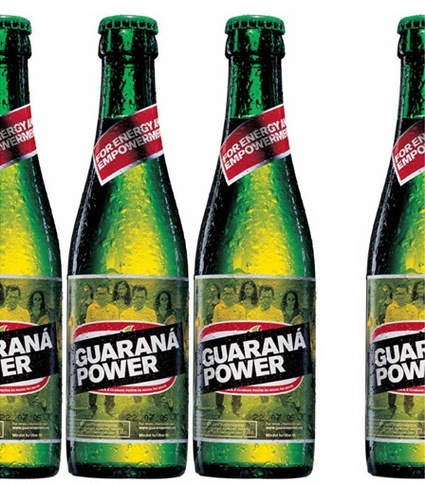 Superflex, GUARANA POWER
Superflex, GUARANA POWER
GUARANA POWER is a soft drink developed by a farming cooperative in Maues, Brazil in collaboration with the Superflex collective. The drink contains guarana, a plant native to the Amazon whose fruit has long been harvested by indigenous communities for its medicinal and invigorating properties. The farmers have had to organize themselves against a cartel of corporation whose monopoly on purchase of the raw material has driven the price paid for guaraná seeds down by 80% while the cost of their products to the consumer has risen. Besides, the beverage these companies sells is only a sugary, diluted energy drink. GUARANÁ POWER attempts to use the strategies of global brands as raw material for a counter-economic position, to preserve local economy and the livelihoods of the farmers and to reclaim the original use of the Maués guaraná plant as a powerful natural tonic.
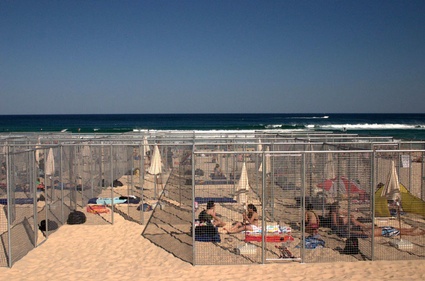 Gregor Schneider, Bondi Beach, 21 Beach Cells, 2007
Gregor Schneider, Bondi Beach, 21 Beach Cells, 2007
Gregor Schneider‘s cells on Sydney’s famous Bondi Beach questions “the ideal of a casual, egalitarian leisure-loving society”, while evoking strongly another famous location by the ocean: Guantanamo Bay.
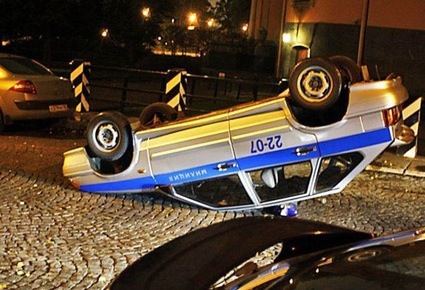 Voina, Palace Revolution, 2010
Voina, Palace Revolution, 2010
For one of their most recent radical performances, Palace Revolution, members of the Voina collective overturned seven police cars, some of them with officers inside, at St Petersburg’s Palace Square. They called it an ‘art installation.’ Russian authorities were not impressed and arrested two of them. They were released on bail after but the charges still stand.
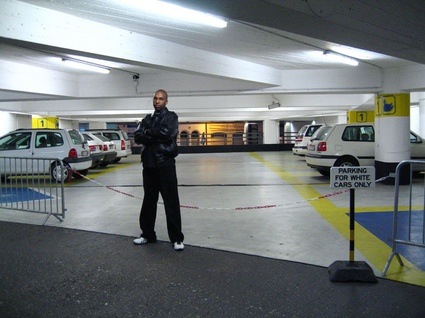 Helmut Smits, Parking For White Cars Only, 2006
Helmut Smits, Parking For White Cars Only, 2006
Parking For White Cars Only! The title of Helmut Smits’ piece says it all. A guard made sure that the best parking-spots were accessible to white cars only.
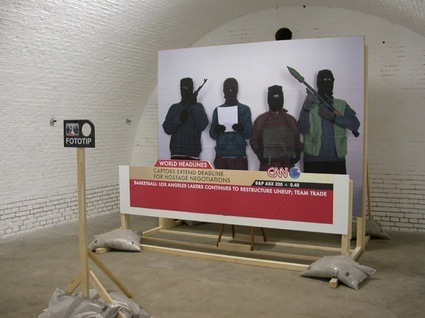
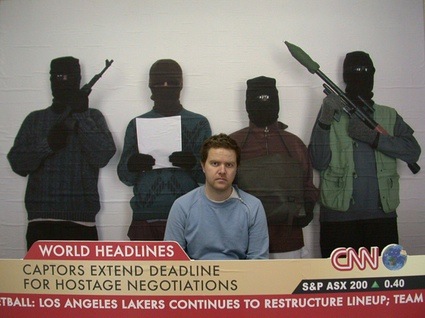 Helmut Smits, Photo Tip, 2004
Helmut Smits, Photo Tip, 2004
The artist pushed the provocation even further with Photo Tip , an installation which allows people to be portrayed as a hostage flanked by threatening terrorists.
Czech guerrilla artist collective Ztohoven gained fame in June 2007 when they hacked into a weather forecast on national tv and inserted a digital image of a nuclear explosion on a live panoramic shot of the Krkonoše Mountains. Their intention was to point to the distorted view of reality in the media. Several members of the collective were prosecuted for scaremongering and spreading false information but the judge dismissed the scaremongering charges against the artists, citing public amusement rather than public unrest.
More recently, the artists altered photos of themselves using morphing and applied for new ID cards using these fake pictures. Over the course of six months they used the IDs to travel abroad and vote, and one of them even got married. The whole project was presented at a gallery in Prague under the name Občan K. (“Citizen K.”) The performance was a critique of the misuse of personal data and of constant surveillance that sometimes leads to a loss of identity that reduces individuals to numbers. This time again, the action led members of Ztohoven to deep troubles with the police. They were accused of breaching paragraph 181 of the criminal code that states that anybody who damages another person’s rights by deliberately misleading them faces up to two years in prison or a ban on their work activity.
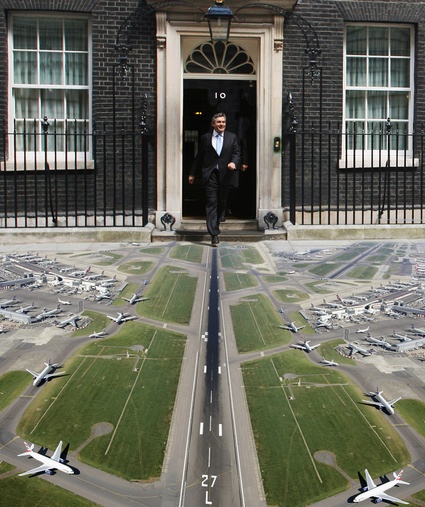 kennardphillipps, No Third Runway, 2008
kennardphillipps, No Third Runway, 2008
kennardphillipps was created in 2002 to produce art in response to the invasion of Iraq. It has evolved to confront power and war across the globe. The photomontage above points to proposals for a third runway and a sixth terminal at Heathrow, a plan pushed forward by Gordon Brown and opposed by Greenpeace.
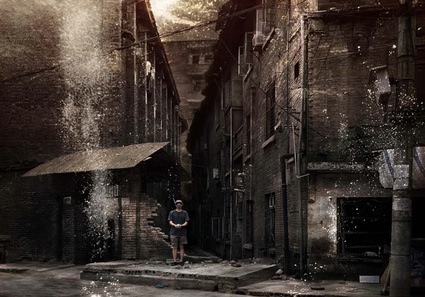 Yang Yi, Sleeping Buddha Road, fruit company’s dormitory, Uprooted 2007
Yang Yi, Sleeping Buddha Road, fruit company’s dormitory, Uprooted 2007
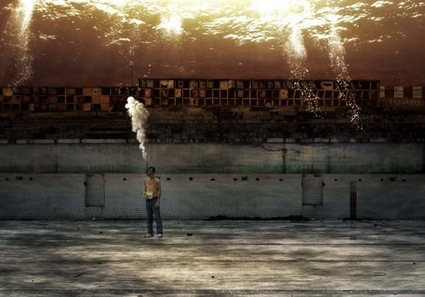 Yang Yi, Swimming pool, Uprooted, 2007
Yang Yi, Swimming pool, Uprooted, 2007
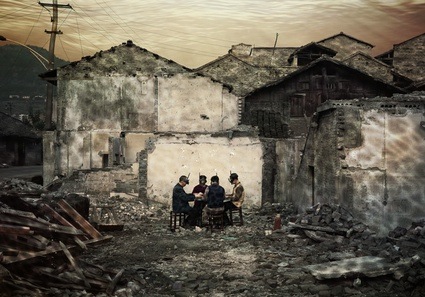 Yang Yi, Ring Road, unknown name dormitory, Uprooted, 2007
Yang Yi, Ring Road, unknown name dormitory, Uprooted, 2007
The Three Gorges Dam project in China is the world’s largest capacity hydroelectric power station with a total generating capacity of 18,200 MW. However, its construction flooded archaeological and cultural sites and displaced some 1.3 million people, and is causing significant ecological changes.
Artist Yang Yi went to his hometown just before it was completely submerged and documented the remaining scenery before it disappeared. Using both photography and digital techniques, Yang Yi’s Uprooted series depict a ghost town engulfed by water, whose inhabitants go about their daily lives wearing snorkels.
Views inside the book:
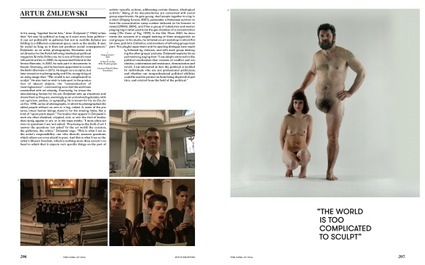
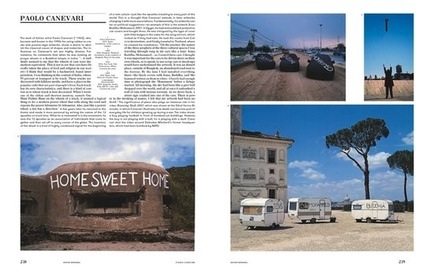
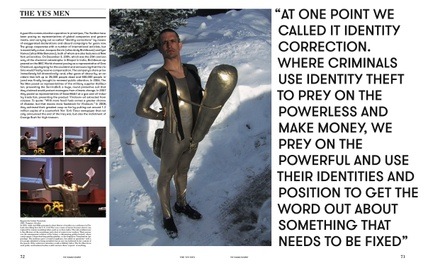
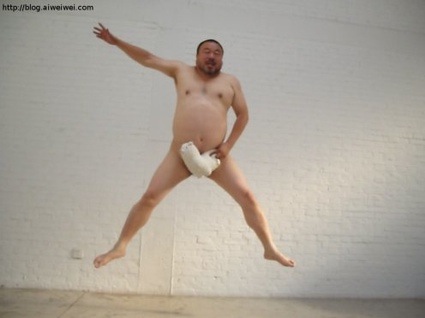 Ai Weiwei, self-portrait with a Grass Mud Horse
Ai Weiwei, self-portrait with a Grass Mud Horse

